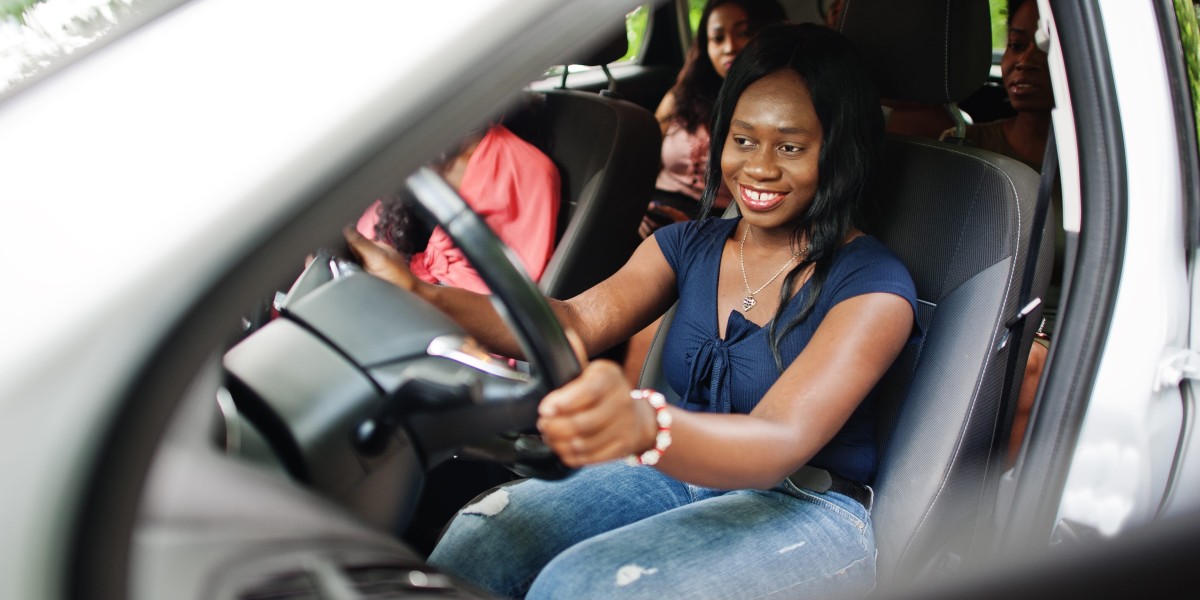Understanding the UK Driver's License: A Comprehensive Guide
In the United Kingdom, obtaining a driver's license is an essential step towards self-reliance and movement. It is not just an entrance to individual flexibility however likewise a significant responsibility. This article looks for to lay out the procedure of obtaining a driver's license in the UK, the various classifications of licenses, and some important guidelines that drivers should abide by.

Types of UK Driver's Licenses
Before delving into the application process, it is important to comprehend the different types of driver's licenses readily available in the UK. The primary classifications are:
Provisional License: This is the first action for anyone looking to find out to drive. It permits the holder to practice driving while under the guidance of a qualified driver.
Full License: Once the driving test has been effectively completed, the individual will receive a full driver's license, which allows them to drive separately.
Unique Licenses: There are unique licenses for specific vehicles such as motorbikes (Category A), buses (Category D), and trucks (Category C).
European Driving License: Though it stands out from the UK driver's license, the European driving license permits for driving in numerous EU countries without the requirement for an additional authorization.
The Process of Obtaining a UK Driver's License
1. Make an application for a Provisional License
To start the journey towards acquiring a driver's license, aiming drivers should initially make an application for a provisional license. Here's how to do it:
- Eligibility: Applicants must be at least 15 years and 9 months old.
- Application: Individuals can apply online or through postal services by submitting a brochure from the Driver and Vehicle Licensing Agency (DVLA).
- Fee: A cost is required for application (since 2023, it's about ₤ 34 online and ₤ 43 by means of post).
- Identity Proof: Acceptable identification consists of a passport or a biometric house permit.
2. Get ready for the Theory Test
Once the provisional license is gotten, the next step is to get ready for the theory test, which examines a learner driver's understanding of roadway rules and threats. This consists of:
- Multiple-Choice Questions: A series of concerns based upon the Highway Code.
- Hazard Perception Test: An assessment to determine potential dangers while driving using video.
3. Take Driving Lessons
It is usually a good idea to take professional driving lessons from an Approved Driving Instructor (ADI). These lessons offer important hands-on experience and knowledge about roadway safety, as well as helping learners become comfy behind the wheel.
4. Book the Practical Driving Test
After passing the theory test and acquiring sufficient driving abilities, learners should book a practical driving test through the DVLA. The screening process generally involves:
- Driving Maneuvers: Candidates are assessed on their capability to carry out important driving strategies such as parallel parking and emergency stops.
- Roadway Safety Compliance: Demonstration of compliance with road signs, signals, and rules.
5. Acquire a Full Driver's License
Upon success in the practical driving test, the candidate will get a pass certificate which permits them to obtain a full driver's license. The DVLA will send a full license if all requirements have actually been met.
Driving Regulations and Responsibilities in the UK
When a complete driver's license has been acquired, it is vital for drivers license Uk to understand and stick to the laws and regulations governing roadway usage in the UK. Here are a few essential obligations:
- Insurance: It is obligatory for all drivers to have legitimate car insurance before supporting the wheel. This protects versus monetary loss from accidents or theft.
- Road Tax: Vehicle import tax task, commonly understood as road tax, need to be paid each year.
- MOT Test: Cars older than 3 years must undergo a yearly MOT (Ministry of Transport) test to guarantee their roadworthiness.
- Follow Speed Limits: Each roadway has actually designated speed limits that should be followed.
- Use of Seatbelts: Wearing seat belts is obligatory for drivers and guests.
FAQs about UK Driver's License
1. How long does it require to get a driver's license in the UK?
The time taken to acquire a driver's license differs significantly in between people. Typically, students spend about 45 hours getting trained with a trainer, followed by an additional 22 hours of private practice. After reserving tests, the processing of applications can likewise take a couple of weeks.
2. Can I drive with a provisional license?
Yes, you can drive with a provisional license, however you need to be accompanied by a driver who is at least 21 years old and holds a complete license for the kind of lorry being driven.
3. What happens if I fail my driving test?
If you fail your driving test, the inspector will offer feedback on areas for enhancement. You can retake the test, however it is generally recommended to take a few additional lessons to enhance your abilities before trying once again.
4. Can I drive in the UK with an EU driving license?
Yes, EU driving licenses are legitimate in the UK. Nevertheless, those planning to stay in the UK for more than 12 months ought to think about exchanging their EU license for a UK one.
5. What do I require to do if I lose my driving license?
If your driving license is lost or taken, you need to report it to the DVLA and look for a replacement. You will need to supply recognition and pay a charge.
Navigating the process of obtaining a driver's license in the UK can appear daunting, but comprehending each step simplifies the journey. From obtaining a provisional license to passing the dry run, each phase prepares for accountable driving and compliance with the laws governing roadway usage. Always keep in mind that driving is an opportunity that includes obligations, and continued adherence to the guidelines makes sure the safety of all roadway users.








